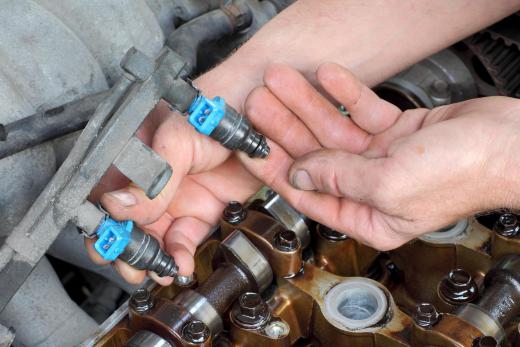A spark gap is a gap between two electrodes where an electric spark can jump from one to the other. Usually there is a gas between the electrodes that can conduct electricity once a certain voltage threshold is met, known as the breakdown voltage. This voltage causes the gas to ionize and drastically increase its conductivity until the voltage drops or the gas expands and creates too much space between the ions. Common applications of spark gap technology include power switching tubes, voltage protective devices, traveling electrical arcs, and spark plugs for an ignition system.
Upon formation of a spark, there is often visible light and characteristic sound present in the spark gap because the ionization of the gas is often abrupt. The light emitted is caused by fluorescence in the electrons, which are excited to high energy levels through increased collisions with the gas ions. When they drop back down to normal energy levels, they emit photons that create the burst of light in the gap. While these sensory phenomena are not generally harmful, spark gaps can sometimes pose health concerns when they form continuous arcs, as these will ionize the air and form free radicals of oxygen and nitrogen. These molecules can harm nearby plants and animals if the experiment is conducted indoors, while outdoor experiments allow the toxic gasses to dissipate, reducing potential hazards.

Many stoves, burners, and engines make use of spark gaps to ignite. Since a large degree of heat is generated when the air in the gap is ionized, this makes it easy to use the generated heat to ignite a fuel source. Spark plugs take advantage of this occurrence, while protective devices use spark gap technology to avoid ignition. During a voltage surge, the spark gap breaks down and prevents the surge from carrying through. This technology is useful in protecting electronics or phone lines during potentially damaging power surges, such as lightning strikes.
Spark gaps are also used in forming a Jacob’s ladder, or traveling electric arc. In this device, a spark gap is introduced between two wires at the bottom, which are directed such that the spark carries up a column. The spark ionizes and heats the air, causing it to rise upward and continue the current until reaching the breakdown point where the air has become too hot to carry the current. Once broken, the spark begins again at the bottom of the column.
